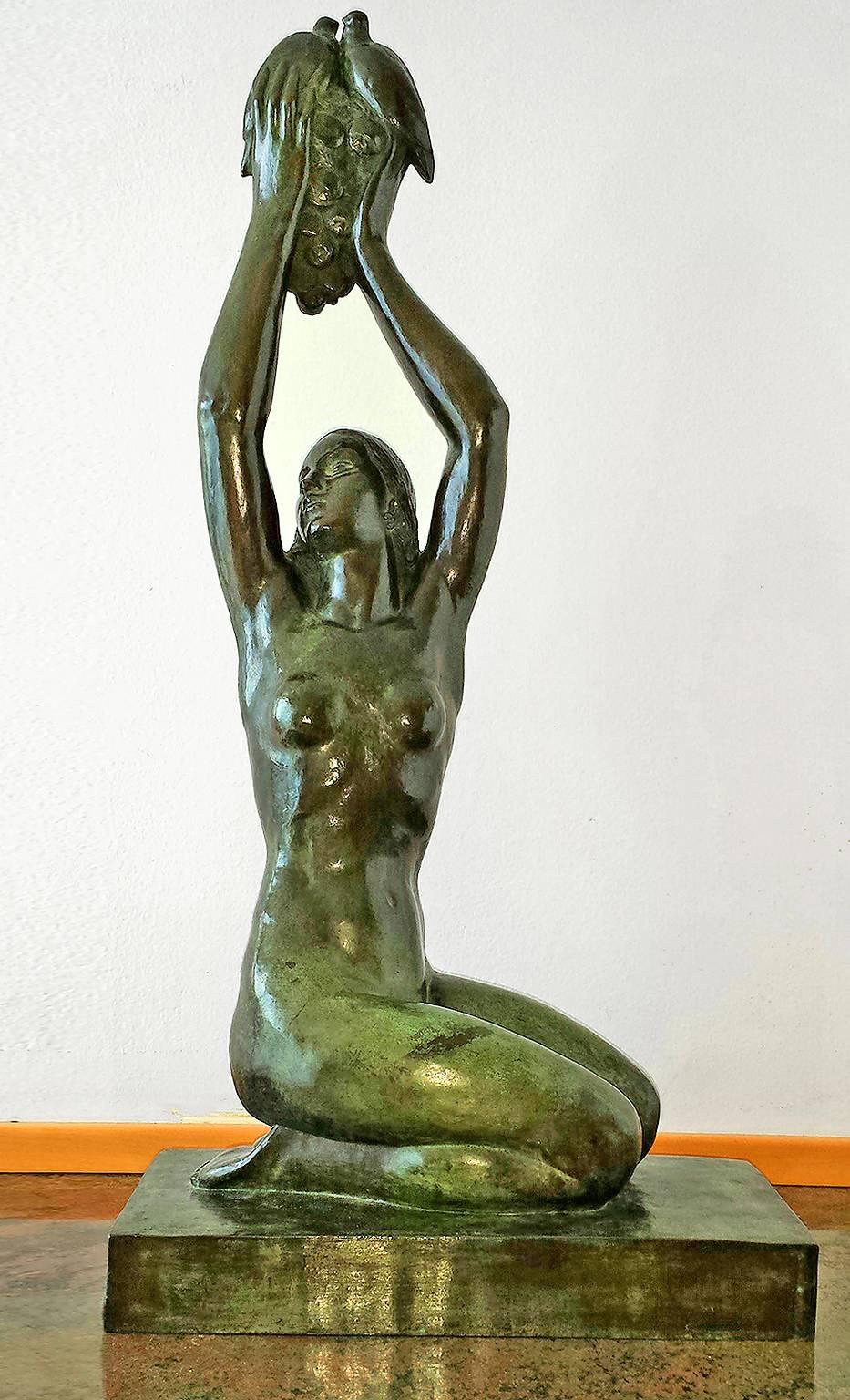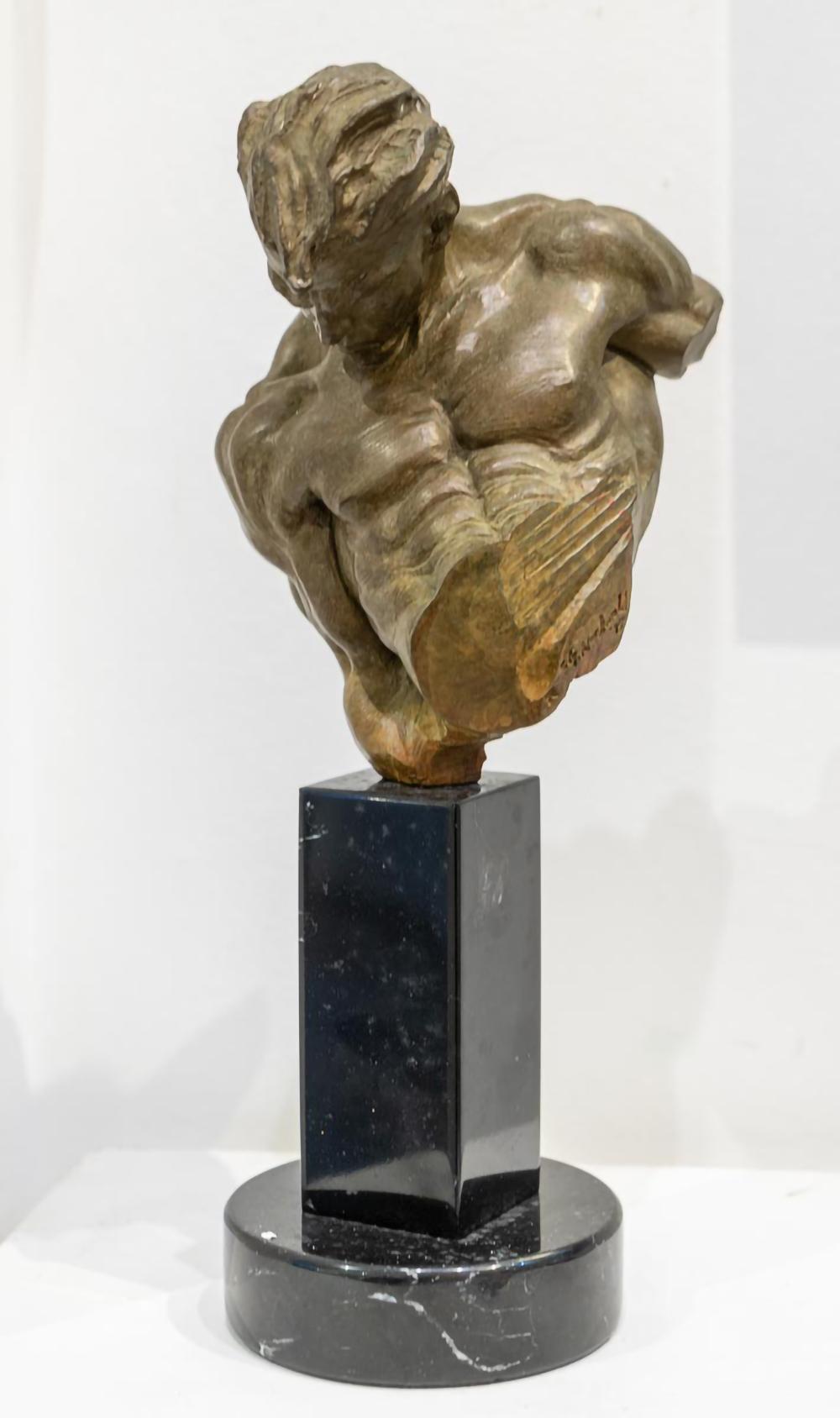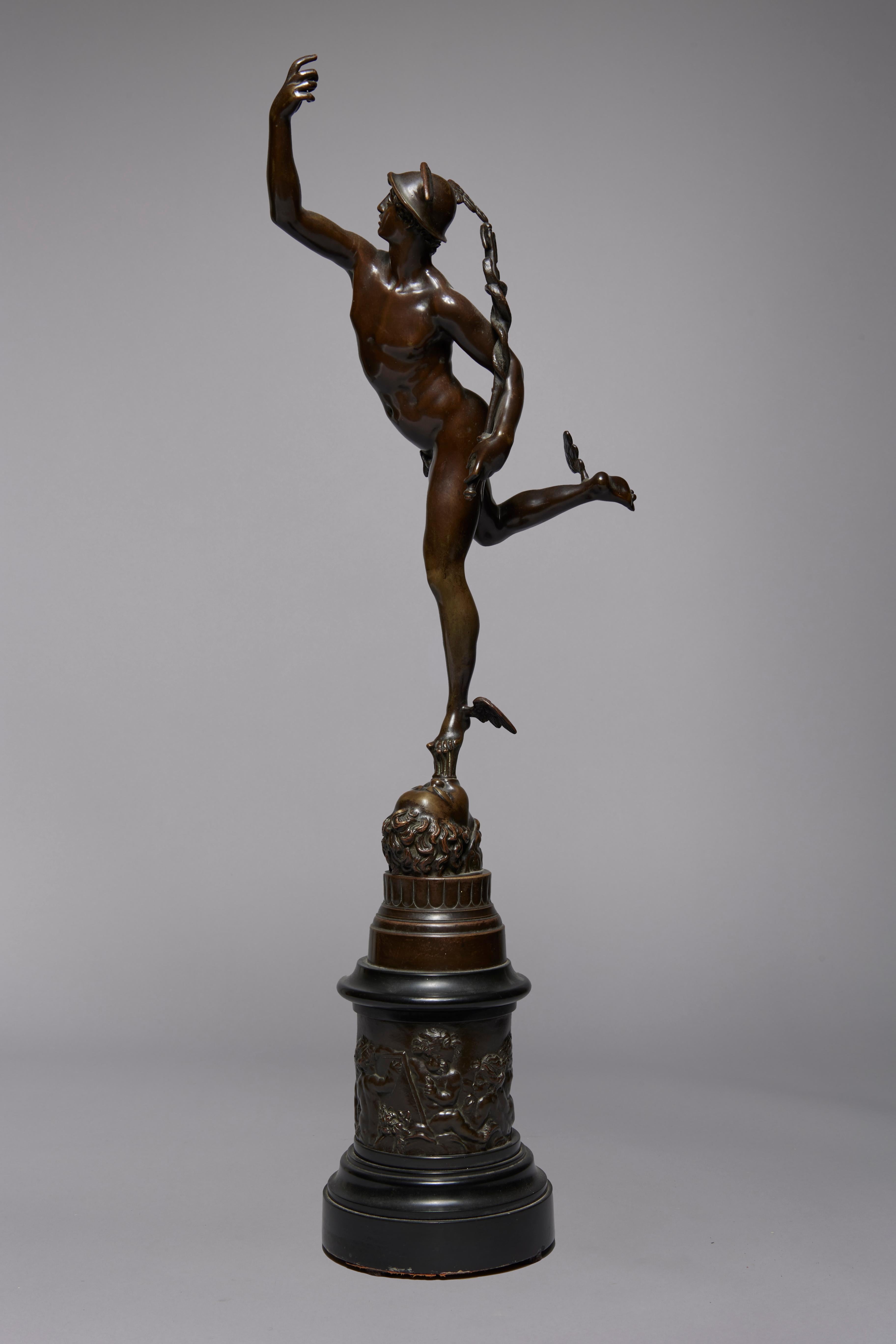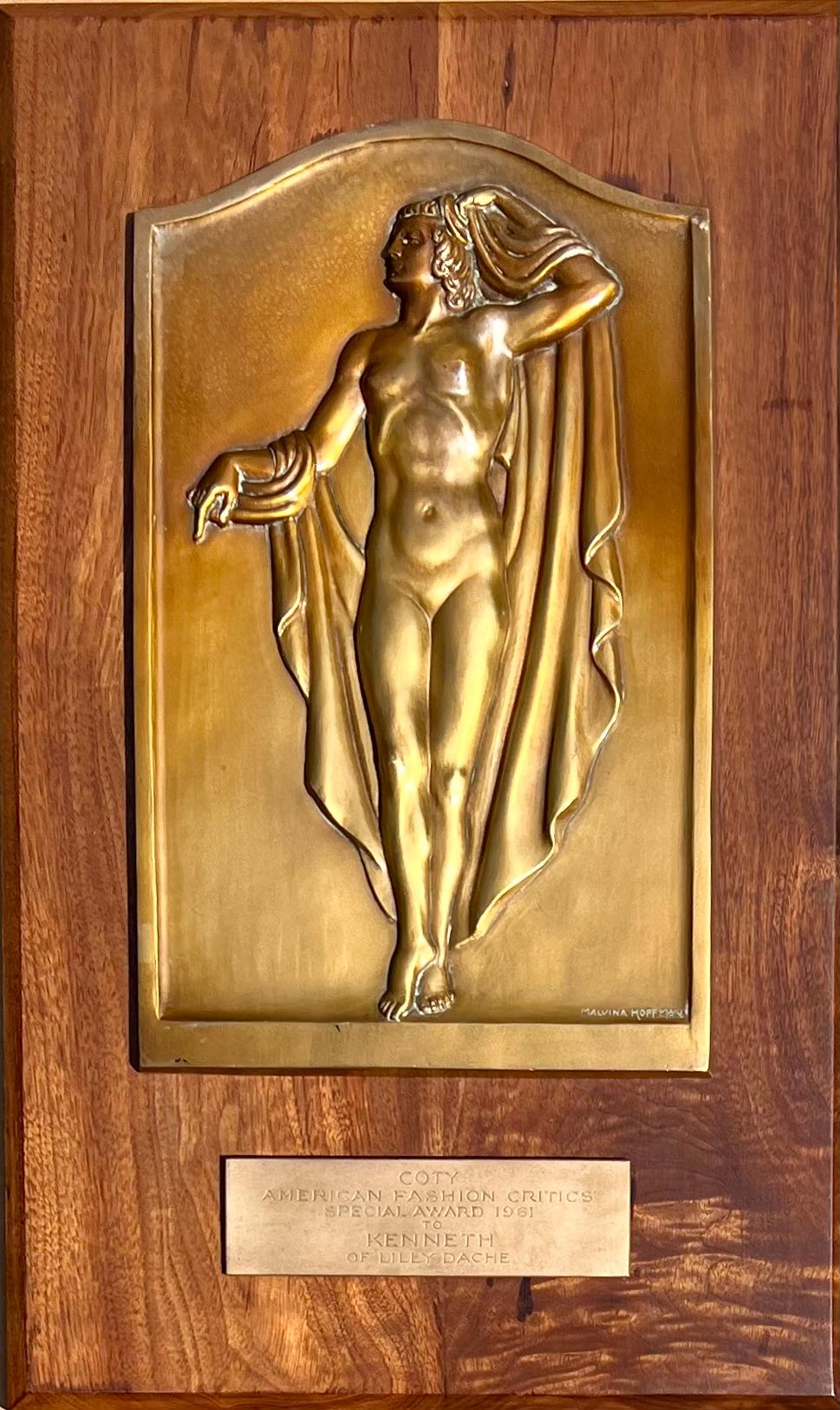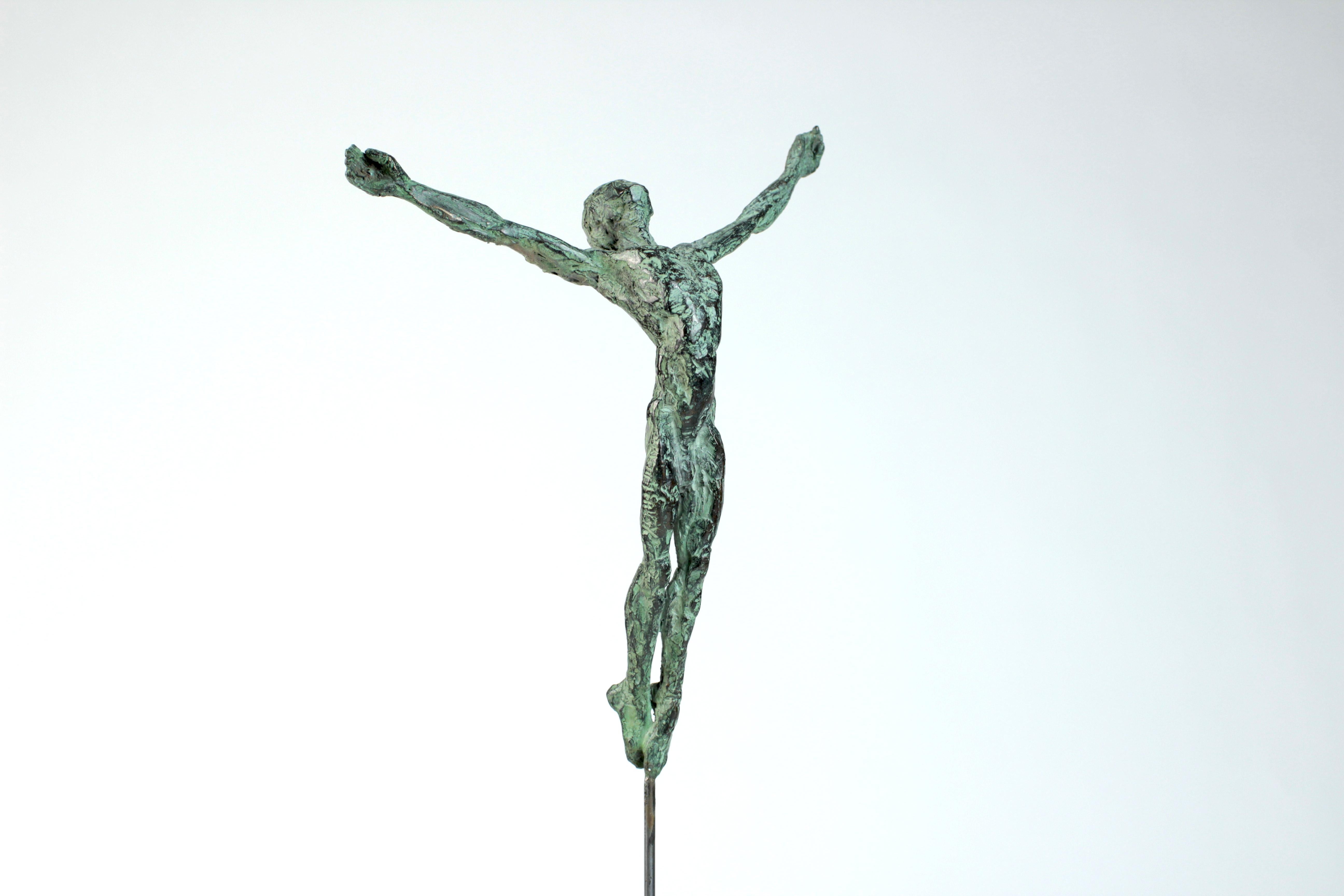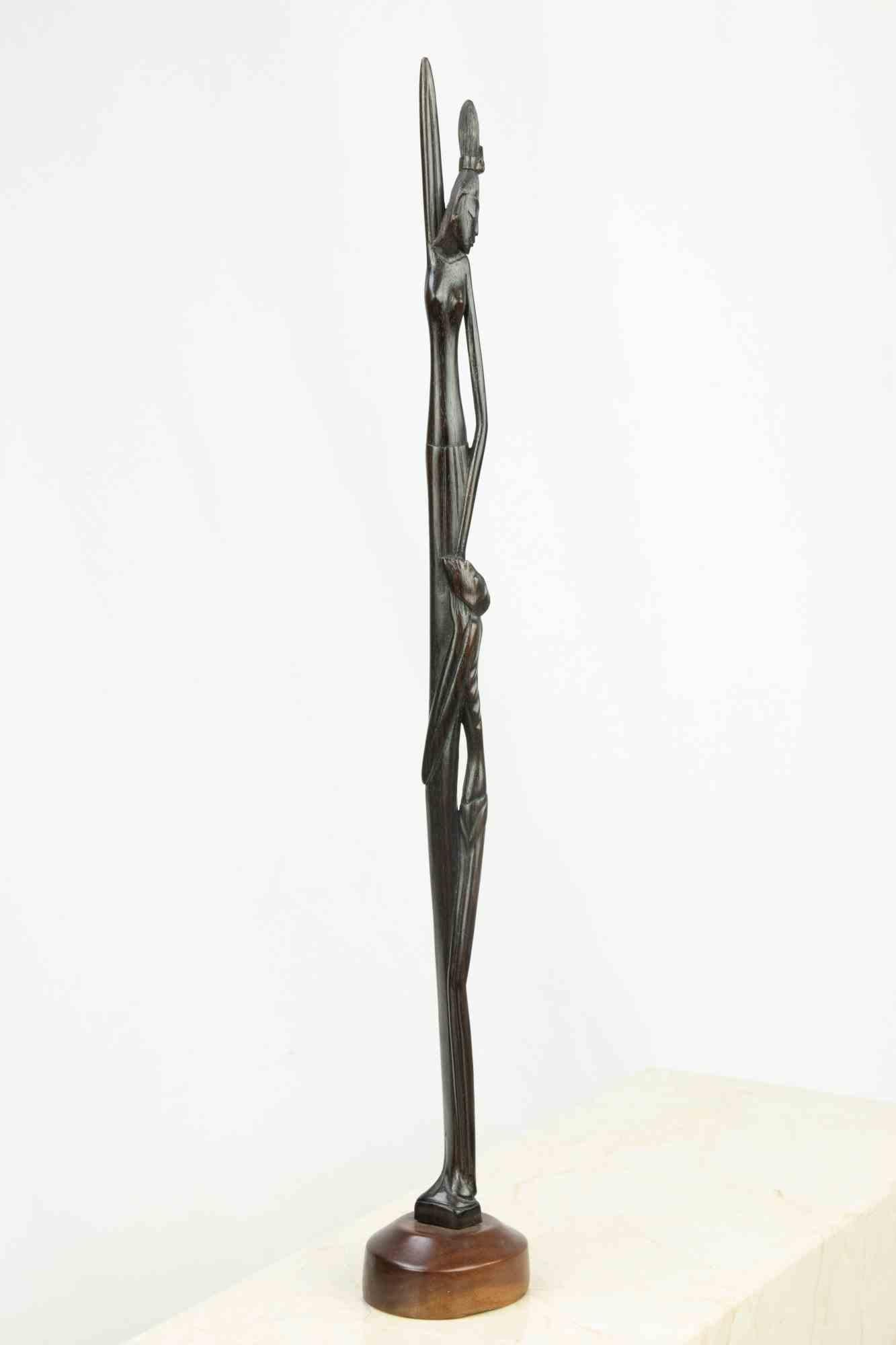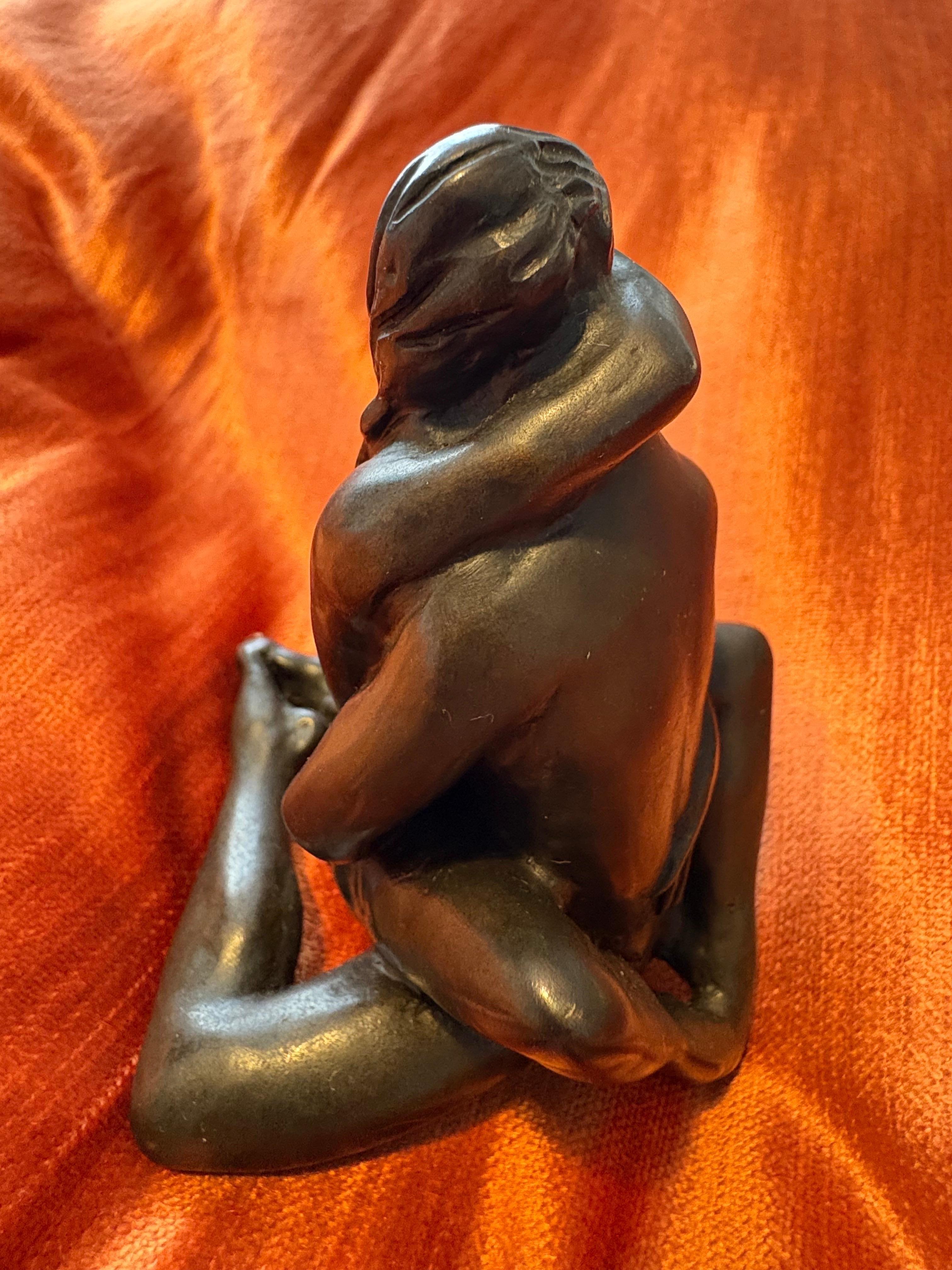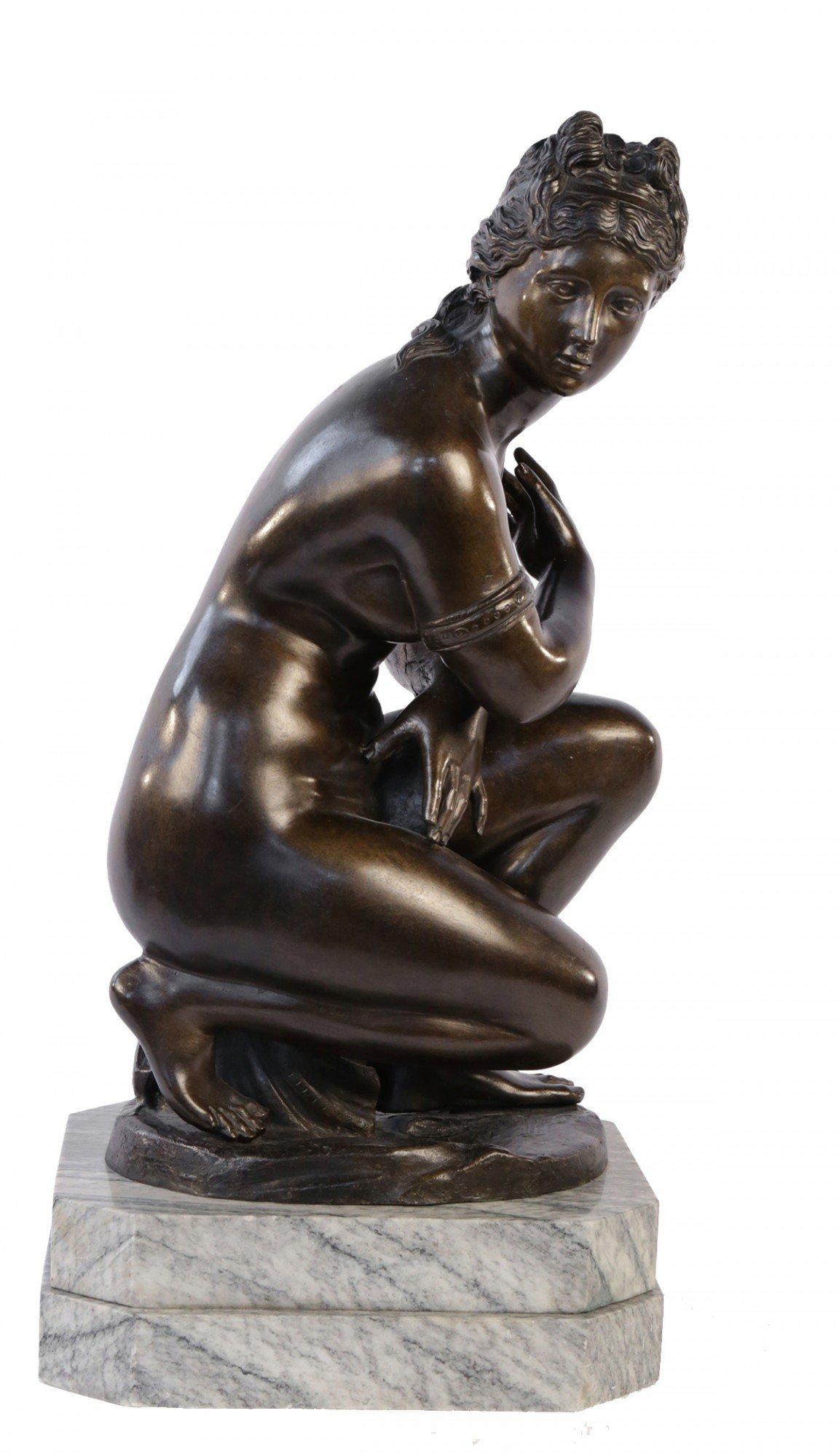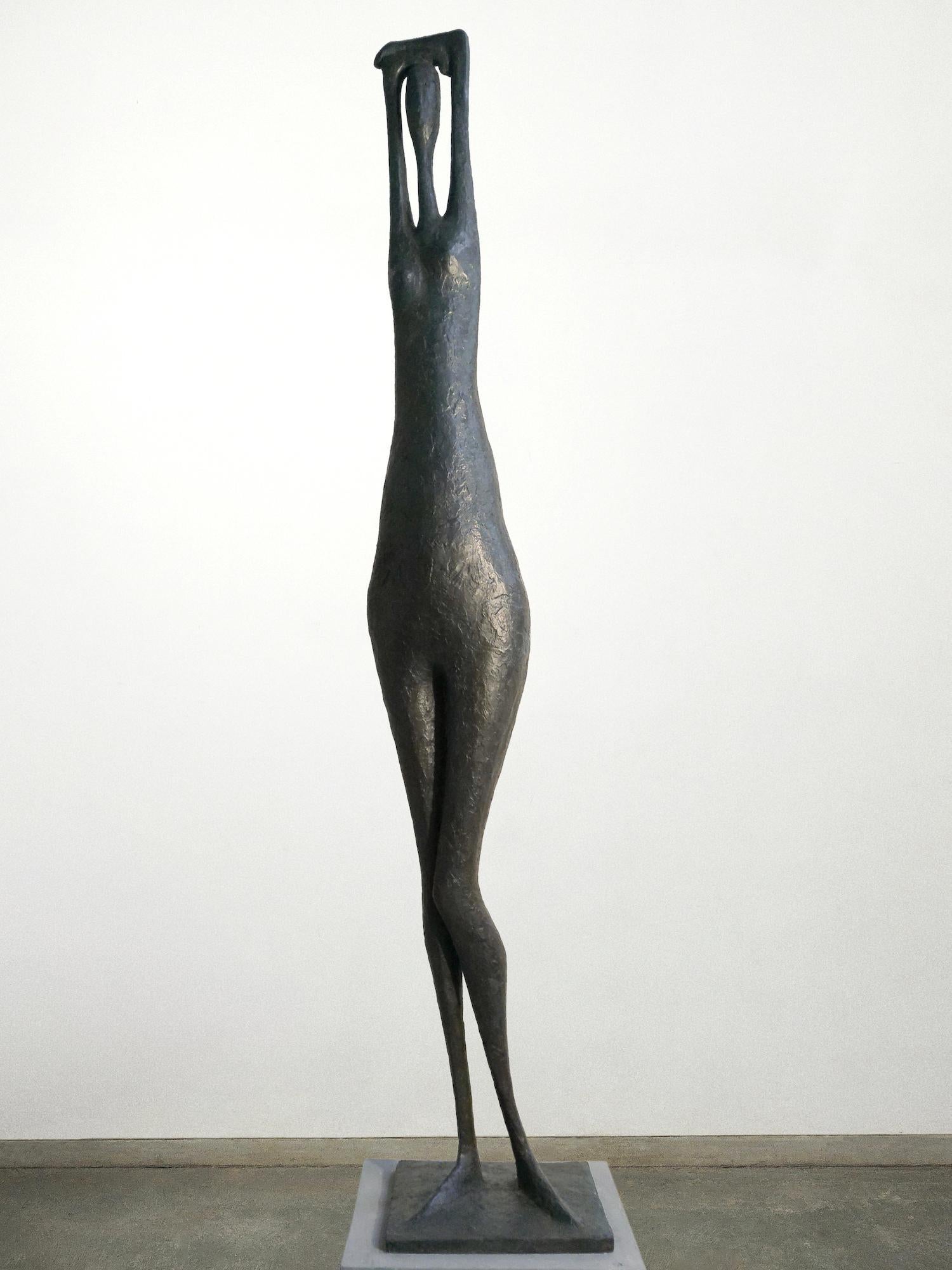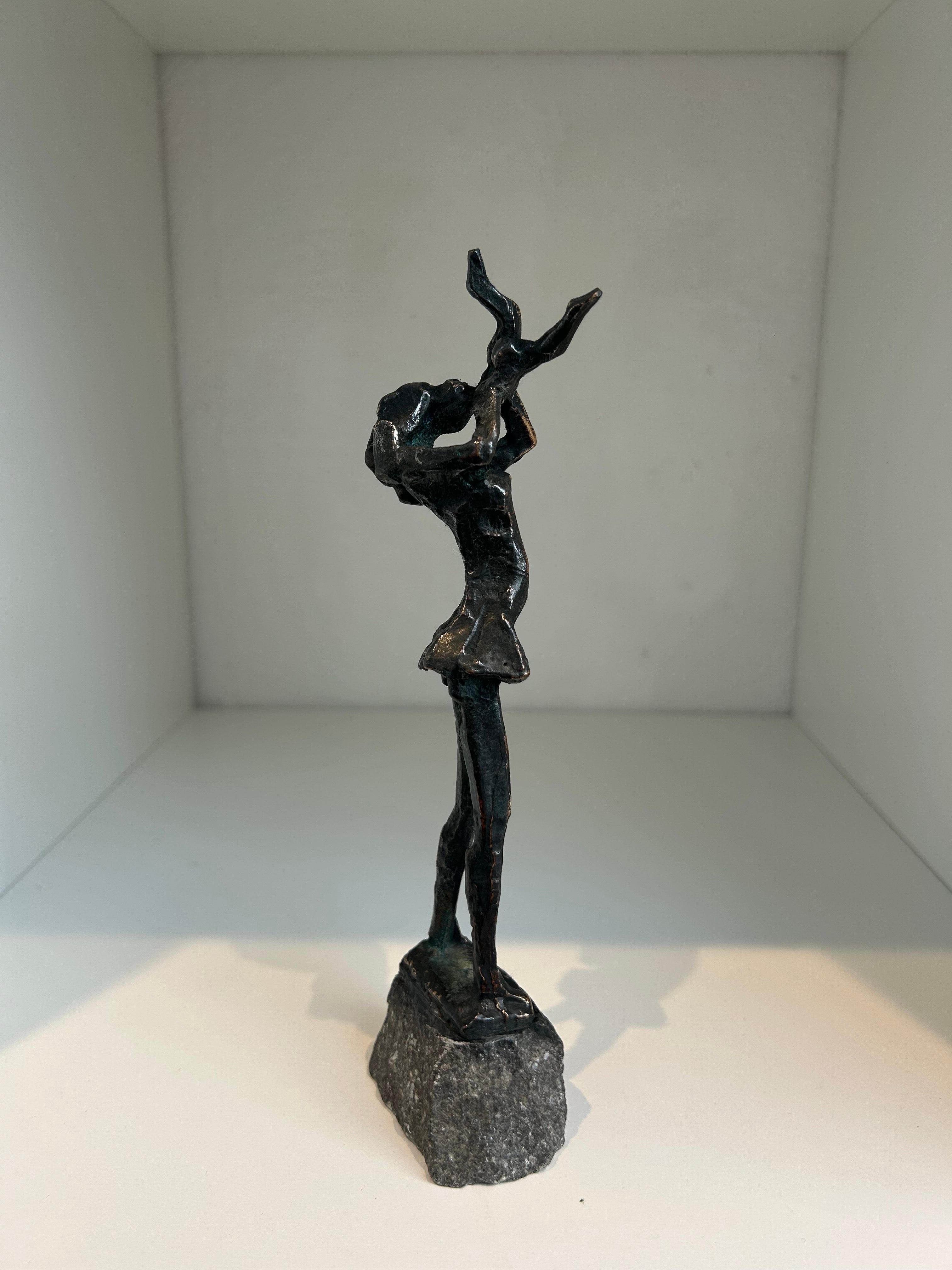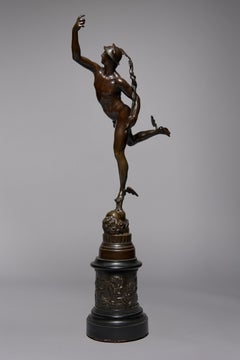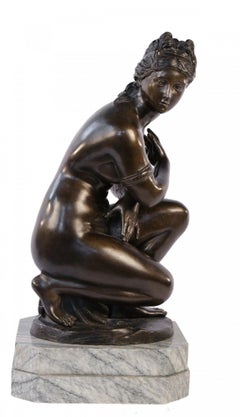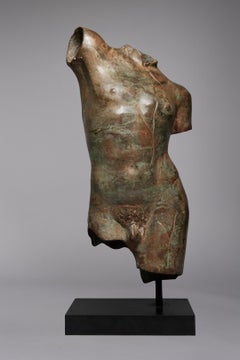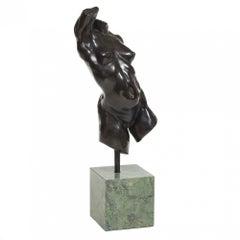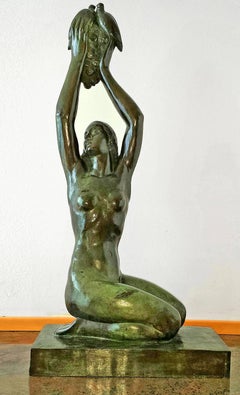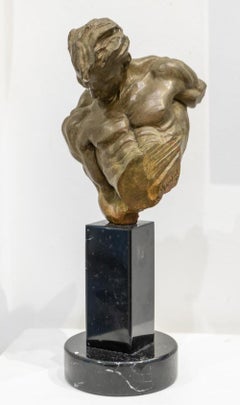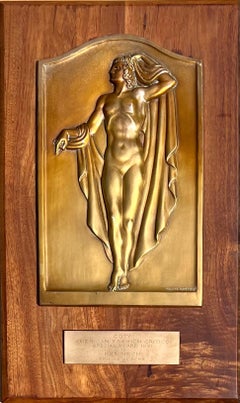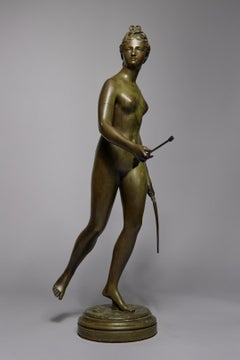
Diana the Huntress, the Goddess of Hunting Bronze Sculpture of Woman
View Similar Items
Video Loading
Want more images or videos?
Request additional images or videos from the seller
1 of 16
Diana the Huntress, the Goddess of Hunting Bronze Sculpture of Woman
$6,500List Price
About the Item
- Dimensions:Height: 24 in (60.96 cm)Width: 19 in (48.26 cm)Depth: 10 in (25.4 cm)
- Medium:
- After:Jean-Antoine Houdon (1741 - 1828, French)
- Period:
- Condition:
- Gallery Location:Beachwood, OH
- Reference Number:1stDibs: LU1768216323722
About the Seller
5.0
Vetted Professional Seller
Every seller passes strict standards for authenticity and reliability
Established in 1975
1stDibs seller since 2022
34 sales on 1stDibs
Typical response time: 1 hour
Authenticity Guarantee
In the unlikely event there’s an issue with an item’s authenticity, contact us within 1 year for a full refund. DetailsMoney-Back Guarantee
If your item is not as described, is damaged in transit, or does not arrive, contact us within 7 days for a full refund. Details24-Hour Cancellation
You have a 24-hour grace period in which to reconsider your purchase, with no questions asked.Vetted Professional Sellers
Our world-class sellers must adhere to strict standards for service and quality, maintaining the integrity of our listings.Price-Match Guarantee
If you find that a seller listed the same item for a lower price elsewhere, we’ll match it.Trusted Global Delivery
Our best-in-class carrier network provides specialized shipping options worldwide, including custom delivery.More From This Seller
View AllMercury Standing on the Breath of Zeus, Antique Grand Tour
By Giambologna
Located in Beachwood, OH
After Giambologna (Italian, 1529-1608)
Mercury Standing on the Breath of Zeus
Bronze
27.5 x 14.25 x 5.5 inches
The sculpture depicts Mercury wearing his winged helmet and sandals and holding a caduceus. Created after one of Giambologna's most celebrated sculptures in the Renaissance, Mercury, was designed as part of a fountain for the Villa Medici in Rome.The head on which Mercury steps symbolizes the figure being “exhaled, purified, unburdened.” When the Giambologna sculpture...
Category
19th Century Figurative Sculptures
Materials
Bronze
Figure of Crouching Venus/Naked Aphrodite, 19th Century Italian School Sculpture
Located in Beachwood, OH
Bronze Figure of Crouching Venus, or The Naked Aphrodite, 19th Century Italian School
Bronze raised on a marble base
21 in. h. x 10 in. w. x 7 in. d., overall
18 in. h. x 8.5 in. w....
Category
19th Century Figurative Sculptures
Materials
Marble, Bronze
Patinated Bronze Torso after the Antique, 19th/20th Century
Located in Beachwood, OH
Patinated Bronze Torso after the Antique, 19th/20th Century
Bronze
Torso: 22 x 13 x 11 inches
Including base: 27 inches high
Category
Late 19th Century Figurative Sculptures
Materials
Bronze
Nude Female Torso Bronze Sculpture, 20th Century Contemporary American Artist
Located in Beachwood, OH
Alan Cottrill (American, Ohio, b. 1952)
Nude Female Torso, 1994
Bronze mounted to green marble base
Signed, dated and numbered 14/20 verso of leg, with foundry stamp
17. in. h. x 6 i...
Category
1990s Figurative Sculptures
Materials
Marble, Bronze
20th Century French School Large Bronze Sculpture of a Semi-Nude Dancer
Located in Beachwood, OH
20th Century French School
Dancer
Patinated bronze
38 x 18.5 x 9 inches
Provenance: The Tatti Family Collection
Category
20th Century Figurative Sculptures
Materials
Bronze
Female Nude Godiva Riding a Rhinoceros Sculpture, 20th Century
By John Kearney
Located in Beachwood, OH
John W. Kearney (American, 1924-2014)
Godiva on a Rhinoceros
Bronze
Signed with monogram to base
6.5 x 3 x 8.5 inches
Born in Omaha, Nebraska, he studied at the Cranbrook Acadamy of...
Category
Late 20th Century Figurative Sculptures
Materials
Bronze
You May Also Like
Nude Girl Venus doves grapes Art Deco Vénus Bronze colombes aux raisins
By Auguste Gilbert Privat
Located in Miami, FL
The present work personifies high-end Art Deco. It has a wonderful deep, rich green patina and commands the eye in any room. It looks better in person and is quite heavy.
signed an...
Category
1920s Art Deco Nude Sculptures
Materials
Bronze
Gymnast Bust
By Richard MacDonald
Located in London, GB
Created by artist Richard MacDonald for the 1996 Atlanta Summer Olympics, Flair Across America celebrates the triumph of the human spirit and the idealization of the human form. While its message is universal, Flair Across America also embodies the Olympic credo stated by the father of the modern-day Olympics, Baron Pierre de Coubertin...
Category
Early 2000s Contemporary Figurative Sculptures
Materials
Bronze
The Birth of Venus
By Albert-Ernest Carrier-Belleuse 1
Located in PARIS, FR
The Birth of Venus
by Albert-Ernest CARRIER-BELLEUSE (1824-1887)
Bronze sculpture with nuanced dark brown patina
signed "A. Carrier-Belleuse"
cast by Denière
France
circa 1870
he...
Category
Late 19th Century French School Figurative Sculptures
Materials
Bronze
1961 Coty Award Plaque Kenneth Hairdresser Jacqueline Onassis Bronze Fashion
Located in New York, NY
1961 Coty Award Plaque Kenneth Hairdresser Jacqueline Onassis Bronze Fashion
Bronze on wood. The wood plaque measures 12 3/4" by 20 3/4 inches. The bronze plaque itself is 13 3/4 x 8 3/4 inches and the the bronze inscription, which reads "COTY, American Fashion Critics Special Award 1961 to KENNETH of LILY DACHE...
Category
1960s American Modern Figurative Sculptures
Materials
Bronze
Dancer “Takeoff” II by Yann Guillon - Figurative bronze sculpture, man, torso
By Yann Guillon
Located in Paris, FR
Dancer “Takeoff” II is a bronze sculpture by contemporary artist Yann Guillon, dimensions are 25 × 15 × 8 cm (9.8 × 5.9 × 3.1 in). Height of the sculpture with the metal base: 40 cm ...
Category
2010s Contemporary Nude Sculptures
Materials
Bronze
Woman - Sculpture - Mid-20th Century
Located in Roma, IT
Balinese bronze sculpture of woman.
Placed on a wooden pedestal.
Excellent condition.
Category
Mid-20th Century Modern Figurative Sculptures
Materials
Bronze
Recently Viewed
View AllMore Ways To Browse
Bronze Sculptures Of Woman
Sculpture Of French Woman
Louvre Antique
Antique Goddess
Bronze Goddess
Hunting Sculpture
Bronze Hunting
Life Size Plaster Sculpture
Plaster Woman Sculpture
Bronze Diana
24inch Bronze Sculpture
Bronze Sculpture Diana
19th Century Bronze Goddess Sculpture
19th Century Life Size Bronze Sculpture
Antique Diadem
Diana Huntress
19th Century Diana Sculpture
Plaster Louvre
